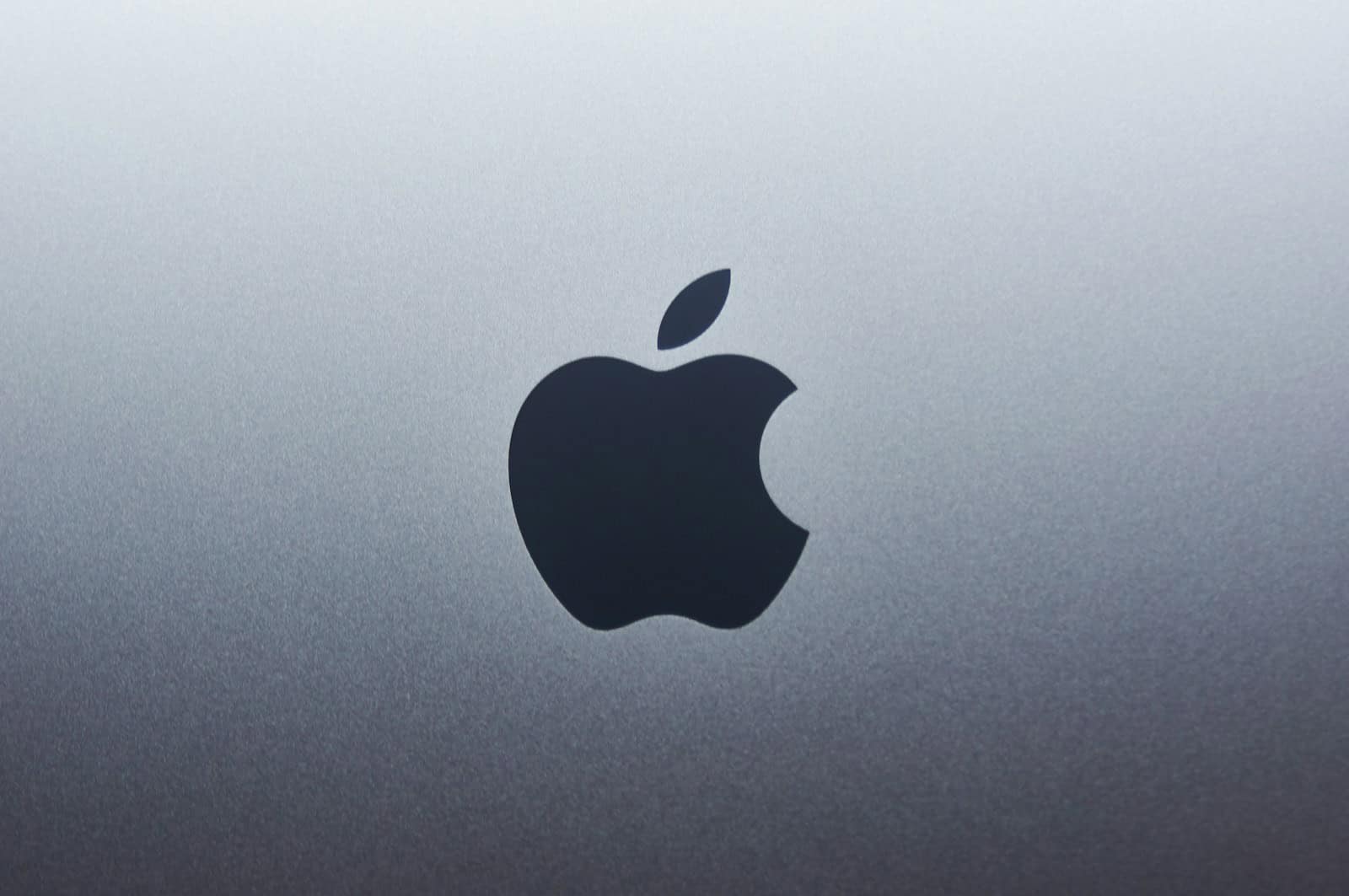Apple is reshaping the future of its artificial intelligence efforts—and the ripple effects could be massive for both Siri and the company’s secretive robotics projects. In a bold organizational shift, Apple is dismantling the centralized AI division it created in 2018, opting instead for a functional structure where teams are realigned under hardware, software, and services groups. This move isn’t just about internal politics—it’s a strategic recalibration that could redefine how we interact with Apple’s devices in the years ahead.
A Major Shakeup in Apple’s AI Strategy
The centralized AI team, once led by John Giannandrea, was originally intended to accelerate Apple’s AI capabilities. However, insiders reported growing frustration within the company over the slow pace of innovation, especially regarding Siri and the broader deployment of Apple Intelligence features. As a result, Apple has decided to revert to its older organizational model, hoping to speed up product development and integrate AI more tightly across its ecosystem.
Rather than treating AI as a standalone initiative, Apple’s new structure embeds AI expertise directly into the teams that design hardware, operating systems, and services. This change reflects a broader industry trend: companies are realizing that AI must be baked into products from the ground up, not layered on top after the fact.
What’s Next for Siri?
Siri, once seen as a groundbreaking digital assistant, has struggled to keep up with competitors like ChatGPT, Google Assistant, and even Amazon’s Alexa in recent years. Now, with this restructuring, Siri’s development has been officially moved to Apple’s software engineering division under Mike Rockwell.
The goal? A complete reimagining of Siri that leverages deeper integration with Apple’s operating systems—especially visionOS, which powers devices like the Vision Pro headset. Although the rollout of Siri’s advanced new features has been delayed, the revamped version is now expected to launch alongside the iPhone 17 and iOS 19 in fall 2025.
Early reports suggest this next-generation Siri will feature much more fluid conversation abilities, greater contextual understanding, and potentially integration with third-party AI models, offering users more dynamic and helpful interactions. Internally, Apple sees this as a critical move to keep Siri relevant in an AI-first world.
Robotics Moves Closer to Reality
One of the most fascinating parts of Apple’s restructuring is what it signals for its secretive robotics projects. The robotics team has been moved from the AI division to the hardware engineering group led by John Ternus—putting it closer to the teams that have successfully developed products like the iPhone, MacBook, and AirPods.
Among the projects reportedly in development:
- A tabletop robot equipped with an iPad-like display and a robotic arm designed for object manipulation, smart home control, and video calling.
- A mobile home robot, described as an “iPad on wheels,” capable of navigating household spaces autonomously and integrating with Apple’s smart home ecosystem.
These concepts suggest Apple envisions robots as an extension of its product lineup—combining familiar iOS-based interfaces with advanced mobility and AI. While these devices aren’t expected to hit the market until around 2028, Apple’s commitment to shifting robotics into a mainstream consumer product line now looks stronger than ever.
Financial Stakes and Broader Implications
From a financial perspective, Apple’s stock (AAPL) is trading steadily at around $211.64, with a market cap nearing $3.87 trillion. The company’s leadership clearly views AI and robotics as essential to maintaining its long-term growth trajectory, especially as smartphone innovation plateaus.
This restructuring also positions Apple to compete more aggressively with rivals like Google, Amazon, and Meta, all of whom are investing heavily in AI, assistants, and next-generation devices. Moreover, it could enable Apple to better defend its ecosystem from disruption as the next wave of AI-powered hardware—from home robots to mixed-reality headsets—hits the market.
At its core, this overhaul reflects a fundamental bet: that the future of personal technology isn’t just in apps or screens, but in intelligent, context-aware systems that blend seamlessly into everyday life. If Apple executes well, Siri could finally fulfill its original promise—and Apple could become as dominant in robotics as it once was in smartphones.
Key Takeaways
- Apple is changing how AI work is organized.
- Siri could become more advanced with the new structure.
- Apple’s robotics future depends on these AI changes.
Apple AI Restructuring: Impact on Siri and Core Technologies
Apple has reorganized its artificial intelligence efforts, moving teams and adjusting leadership. These changes directly affect Siri, core technology projects, and how Apple manages data and regulation.
Transformation of Artificial Intelligence Initiatives
Apple recently began breaking up its main AI and machine learning teams. The company shifted robotics research from the AI division to the hardware team. This decision suggests Apple wants stronger links between AI functions and its physical products.
John Giannandrea, who runs AI and machine learning, will now focus only on those areas. Robotics projects moved closer to hardware will likely receive more targeted support from engineering units that build devices like iPhones and Macs.
Apple’s goal appears to be more practical applications of artificial intelligence rather than just research. This could mean an increase in hardware products that use advanced machine learning and deep learning algorithms. The company may use its neural processing unit (NPU) chips more for on-device AI features, making products faster and more private.
A tighter connection between AI teams and hardware groups points to innovation that directly reaches users. This structure also allows better testing of big data models in real use.
Advancements in Speech Recognition and Natural Language Processing
Siri will see the most change from this restructuring. Apple is focusing more time and resources on speech recognition and natural language processing (NLP). The move allows engineers to design and test new algorithms directly on Apple’s devices.
Improvements in this field mean Siri should better understand what users say and respond in a more natural way. There is mention of more advanced deep learning models being used to analyze speech and context. This technology helps with accuracy—Siri is less likely to misunderstand requests or commands.
Apple will push more AI work onto its devices, using its NPU chips. This local processing means faster responses and fewer privacy risks for users. It is a technical shift, but users should notice improvements in both speed and reliability when using voice features.
Implications for Personal Data and Regulation
With AI now more involved in Apple’s everyday products, the way Apple gathers and processes personal data will face more attention. By running more AI on device instead of in the cloud, Apple reduces the amount of personal information that leaves users’ phones.
This change may help Apple meet global data privacy laws. For example, European and American regulations both continue to get stricter about personal data use. Keeping more data on-device helps Apple maintain compliance.
Apple has also signaled that strong privacy protection is a key part of its AI strategy. The restructuring makes technical safeguards, like encrypted storage and anonymized big data models, a bigger part of the company’s approach to machine learning and artificial intelligence. This limits how much regulation disrupts product development while keeping user trust high.
Future of Robotics and Automation Driven by Apple’s AI Strategy
Apple’s reorganization of its AI and robotics teams may shift the landscape for smart devices and automation. Hardware and intelligent software could soon blend more closely, affecting industries from health care to transportation. These changes raise important legal, social, and ethical issues as the technology advances.
Impact on Autonomous Systems and Intelligent Devices
Apple’s breakup of its AI and robotics group moves robotics efforts closer to its hardware division. This may result in smarter, more efficient devices that respond better to human needs.
For example, tighter integration between machine intelligence and products may improve Siri, make home automation smoother, and enhance wearable technology. Autonomous vehicles and self-driving features in devices could see more accurate navigation and safer responses. Table: Possible Device Improvements
| Device Type | Improvement Benefit |
|---|---|
| Smart Home Devices | Faster voice control, real-time alerts |
| Self-Driving Cars | Improved obstacle detection, navigation |
| Health Wearables | More accurate health alerts |
These upgrades depend on neural networks and ever-better data management. If Apple succeeds, its systems could lead in efficiency and reliability.
Integration of Robotics in Health Care and Transport
Robotics powered by Apple’s AI can find a strong use case in health care. Intelligent systems could support doctors with quicker diagnostics, early warnings, and remote care tools.
A robotic assistant might help move patients, deliver medicine, or check vital signs using sensors and AI algorithms. Such tools may allow for more tailored treatment and free up human workers for complex cases.
In transport, AI-driven robotics can manage fleets, support autonomous vehicles, and make public transit more responsive to real-time demand. Safety and compliance with laws of robotics stay a top concern. Table: Potential Uses in Key Sectors
| Sector | Robotics Application |
|---|---|
| Health Care | Medication delivery, monitoring, remote surgery |
| Transport | Autonomous driving, route optimization, fleet management |
Societal and Ethical Challenges for ai and Robotics
Wider use of intelligent robotics brings new challenges. Questions about job loss from automation, the control over autonomous weapons, and the effects on legal systems come up.
Experts raise concerns about human-robot interaction and empathy. Laws and ethical frameworks may be required, especially as robots act more independently. Issues like privacy, security, and universal basic income might need discussion.
Concerns also link to climate change because robotics can both use and save energy. The rules for safe and beneficial AI use need clarity to prevent misuse and to protect rights. Consistent legal standards for how machines operate in health care and warfare will be necessary.
Frequently Asked Questions
Apple is dividing its AI and robotics teams as part of a company-wide reorganization. This decision may change how the company approaches smart features, including Siri, and affect how robotics projects fit into its plans.
How will the restructuring of Apple’s AI division affect the development of Siri?
Apple has moved Siri under the leadership of Craig Federighi, who oversees software development. This shift signals a stronger focus on making Siri smarter and faster.
By putting Siri closer to the teams that work on iOS and other software, Apple aims to improve how fast and well Siri gets updated with new AI technology.
What are the potential impacts of Apple AI changes on its robotics projects?
Apple’s robotics team is moving out of the AI division and into the hardware group. This may mean the company wants robotics to match its existing hardware products better.
With robotics projects now overseen by hardware leaders, Apple’s approach to consumer robotics may shift, possibly leading to different priorities or slower progress in that area.
What strategic goals is Apple pursuing with its AI restructuring?
Apple wants to speed up the improvement of its AI products and keep up with competitors. By breaking up and realigning teams, Apple is trying to make development faster and more focused.
The company also seems to want clearer responsibility for products like Siri and its robotics projects.
How might changes in Apple’s AI focus influence the broader tech industry?
Apple’s moves could push other companies to rethink their structure for AI and robotics. Rivals may pay more attention to how they manage smart assistants and similar technology.
If the changes help Siri get better features, other companies might react with their own updates.
What implications does the AI restructuring have for Apple’s long-term innovation roadmap?
By making these changes, Apple is likely working to deliver new AI-driven features more quickly. The shift may affect when and how Apple releases products or updates that use AI and robotics.
This could lead to bigger updates in software and new kinds of hardware from Apple in the future.
How will Apple ensure the privacy and security of AI technology post-restructuring?
Apple has a history of focusing on user privacy and security, and this is expected to continue. Its AI features are often designed to process data on the device, which limits how much personal information leaves the user’s phone or computer.
Even after the reorganization, Apple is likely to keep privacy as a core part of its approach to AI.







